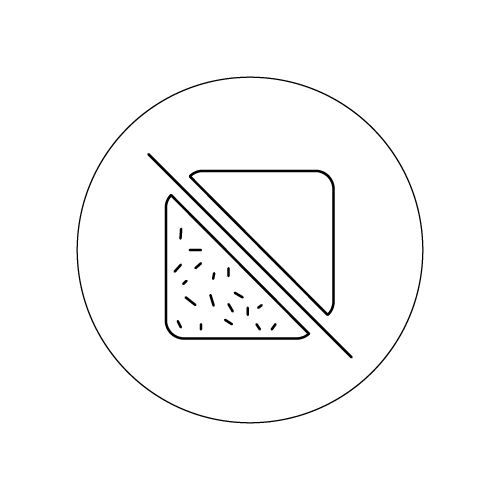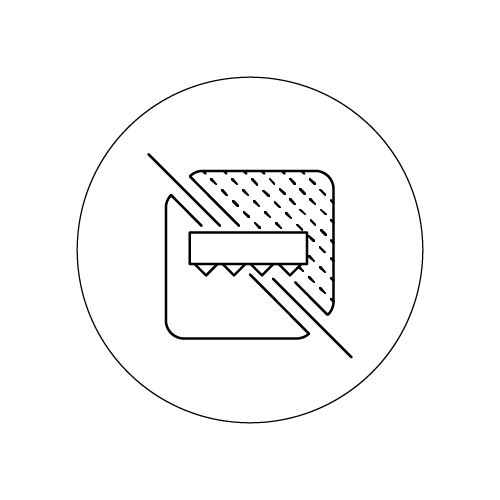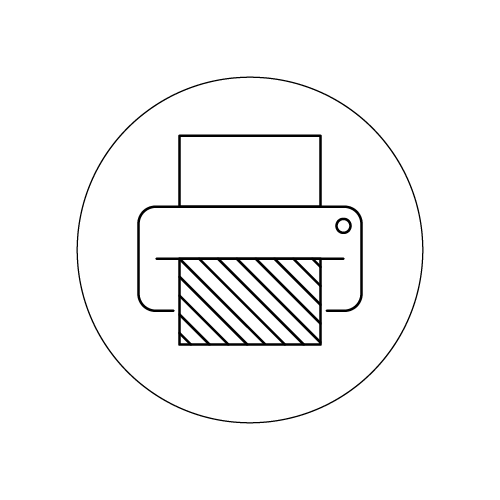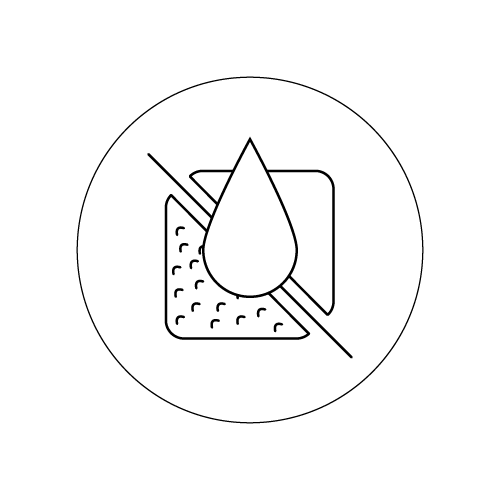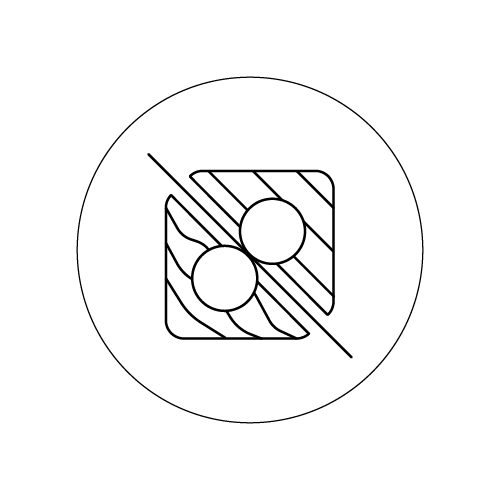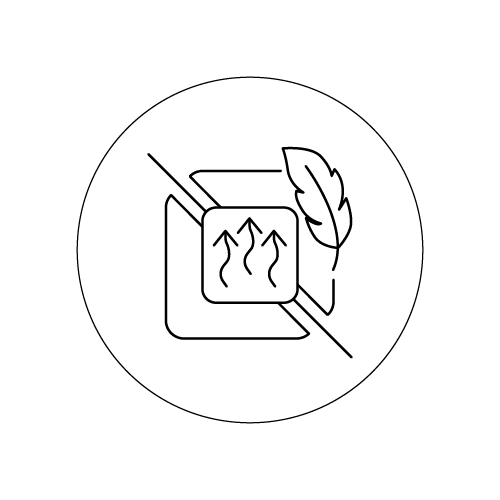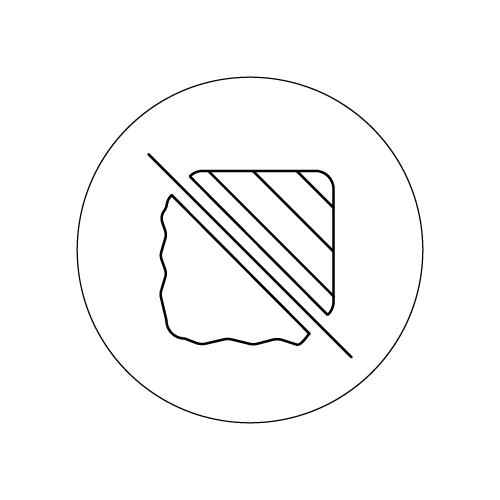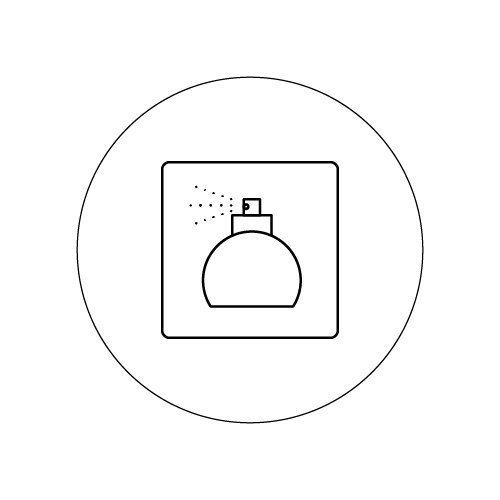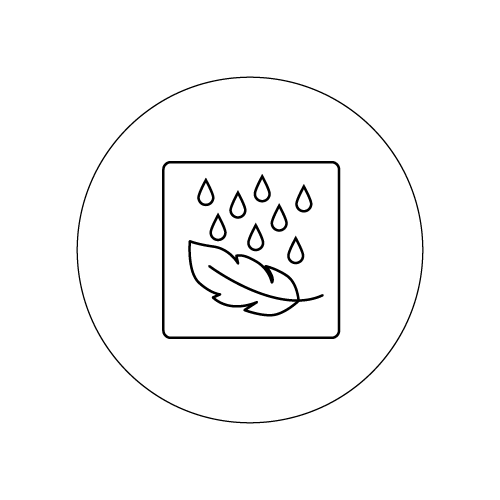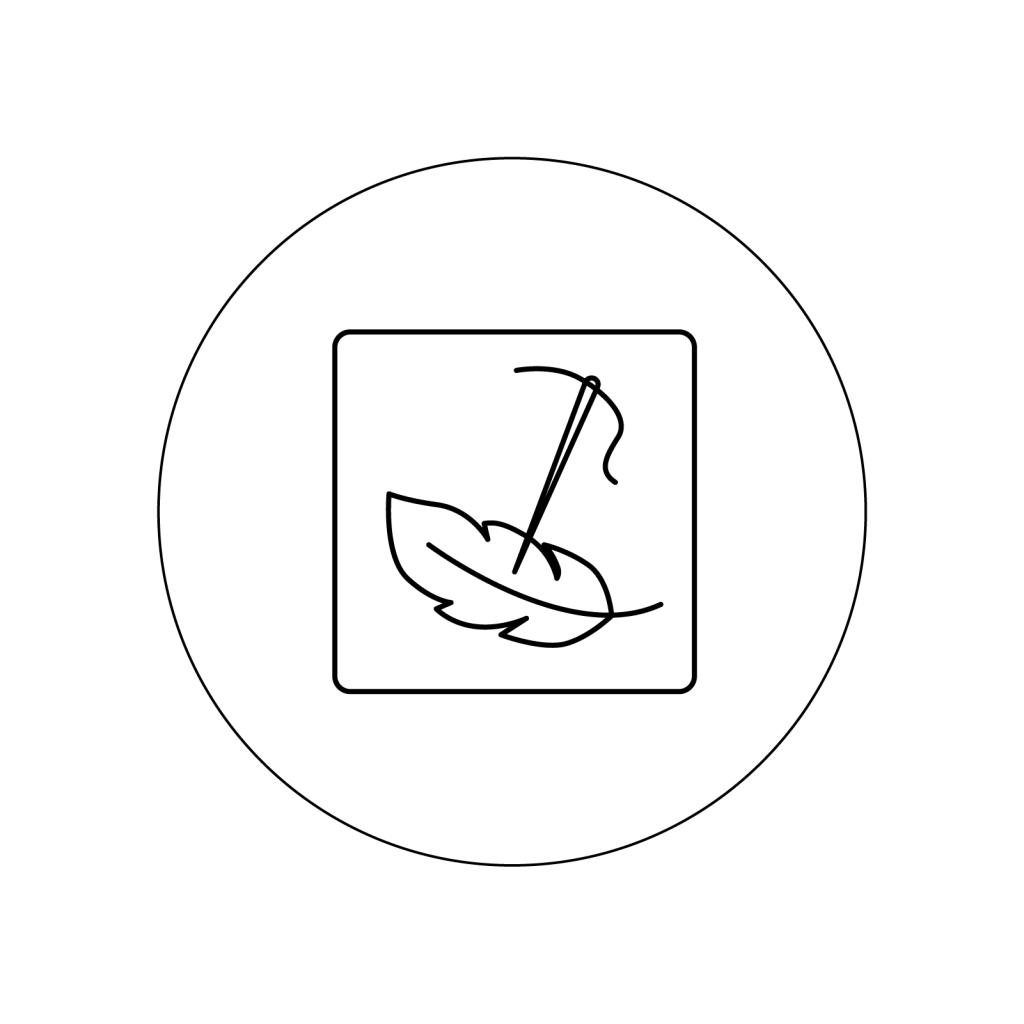Hi-Tech
Usługa kompleksowa
Technologia opracowana dla włókien celulozowych wiskozy/bawełny. Istnieje możliwość zastosowania jej do wyrobów dzianych i tkanych. Jest to usługa opatentowana, oferowana jedynie przez naszą firmę. Główne zalety to: zwiększony współczynnik sorpcji (pełniejsza głębia koloru), zredukowany stopnień pillingu, utrzymanie bardzo niskiego poziomu kurczliwości, nabłyszczenie produktu, równomierne wybarwienie całych partii wyrobu, brak zniekształceń wyrobu włókienniczego, możliwość zastosowania dodatkowych powleczeń dostosowanych indywidualnie do potrzeb klientów, miękki, lejący chwyt, komfort użytkowania, łatwiejsza konserwacja produktu, zmniejszenie gniecenia.
Aspekt eko: mniejsze zużycie wody, energii elektrycznej i gazowej w procesie obróbki oraz ograniczenie ilości barwnika przy zachowaniu wysokiej jakości nasycenia koloru.


